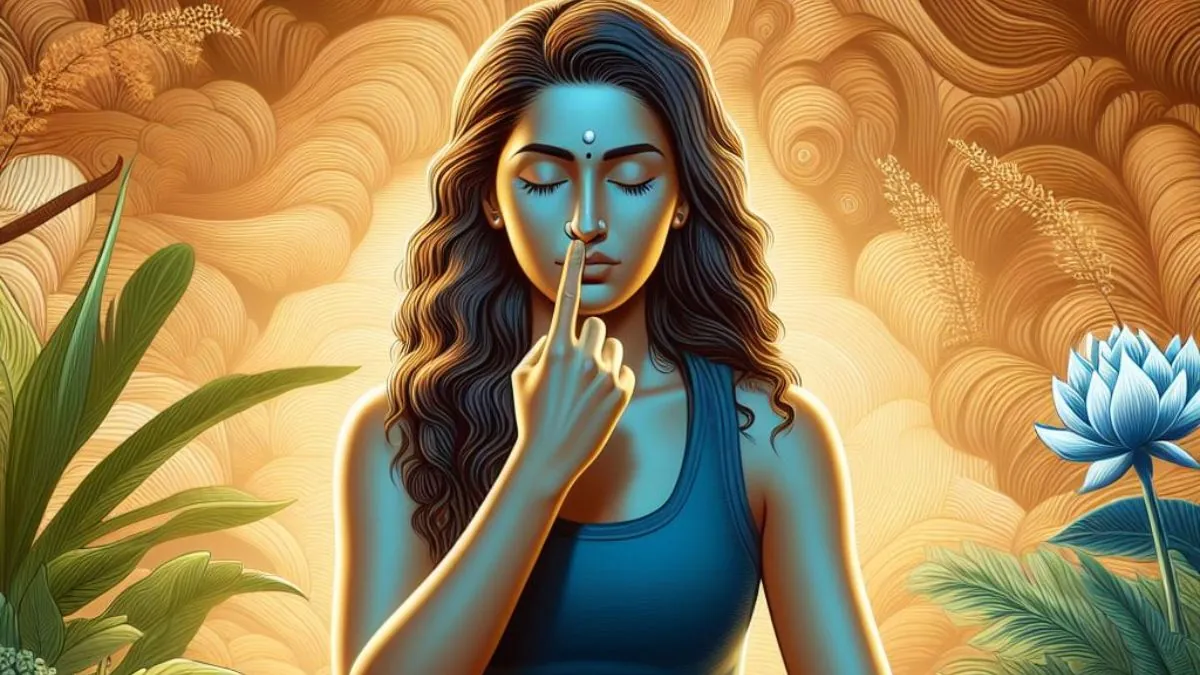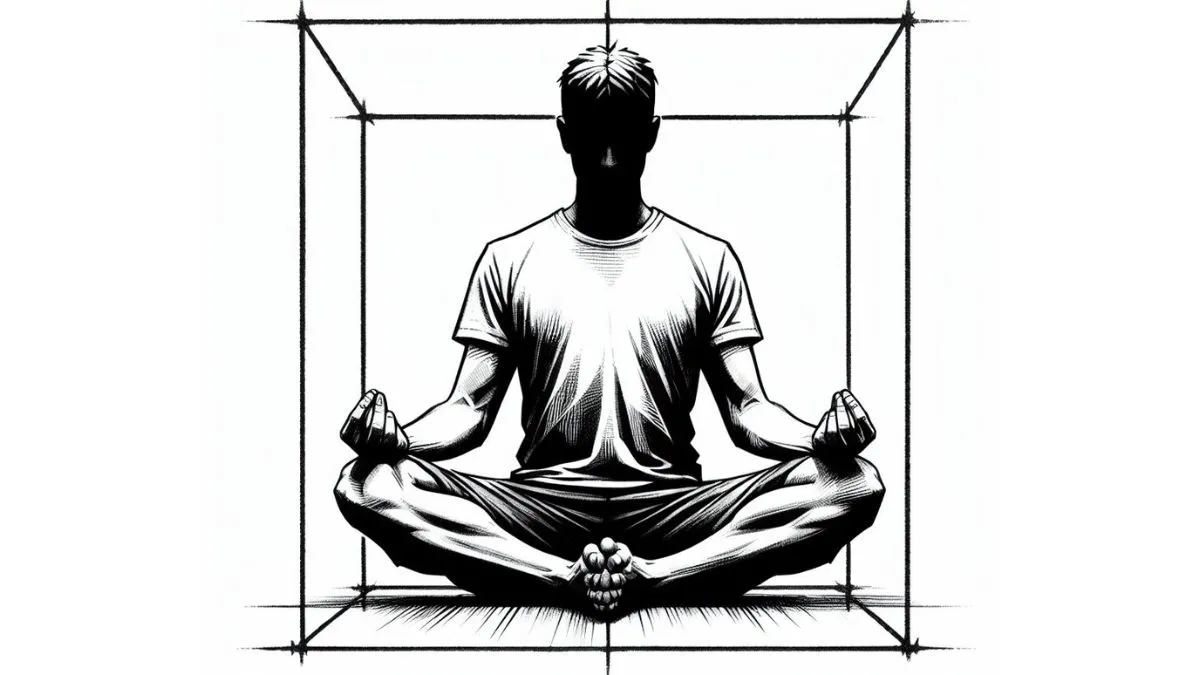Introduction
Yoga is a word that is synonymous with physical and mental well-being. As a result, it has become one of the most popular forms of exercise in recent times, with millions of people practicing it all over the world. But what exactly is yoga, and where does it come from? In this article, we will explore the history of yoga, the ancient cultures that created it, and how its influences have impacted society today.
Origin of Yoga
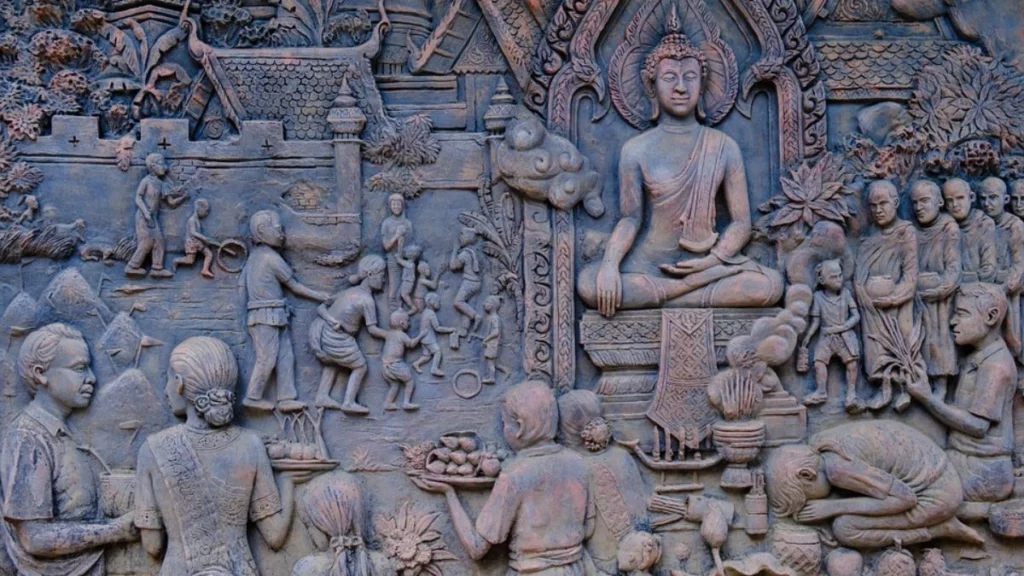
Yoga originated in ancient India over 5,000 years ago. The word “yoga” comes from the Sanskrit word “Yuj”, which means “to unite” or “to join”. It was originally a spiritual practice, with the goal of uniting the individual soul with the universal spirit. The earliest written records of yoga come from the Hindu scriptures known as the Vedas.
The Vedas describe yoga as a method of attaining liberation from the cycle of birth and death. Through its practice, an individual could attain a state of consciousness beyond the physical body and the mind, known as “samadhi”. In the early ages, the teachers passed down the knowledge to students verbally, and it was only in the 2nd century BCE that a sage named Patanjali compiled the first written texts on yoga called the Yoga Sutras.
The Yoga Sutras of Patanjali
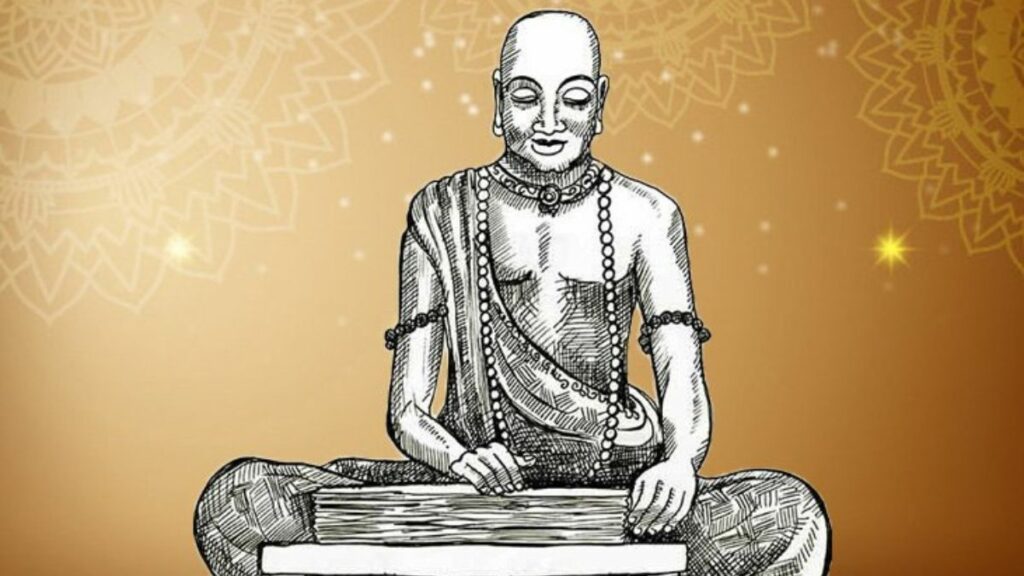
The Yoga Sutras of Patanjali became the foundation in the history of classical yoga. They outline eight limbs of yoga, known as the “ashtanga yoga”, which include Yama (restrictions), Niyama (discipline), Asana (postures), Pranayama (breathing), Pratyahara (abstinence), Dharana (to hold an image), Dhyana (meditation), and Samadhi (ascension).
The text comprises 195 verses. Patanjali describes the processes of Yoga by providing an insightful view on the philosophy of the soul, God, and salvation. Further, he has divided his sutras into four sections, namely Samadhi Pada (salvation and its types, problems, and solutions), Sadhana Pada (introduction to practice and Kriya Yoga), Vibhuti Pada (skills and benefits of yoga), and Kaivalya Pada (ways to achieve salvation).
Here’s a detailed article on the Yoga Sutras of Patanjali.
The Spreading of Yoga outside of India
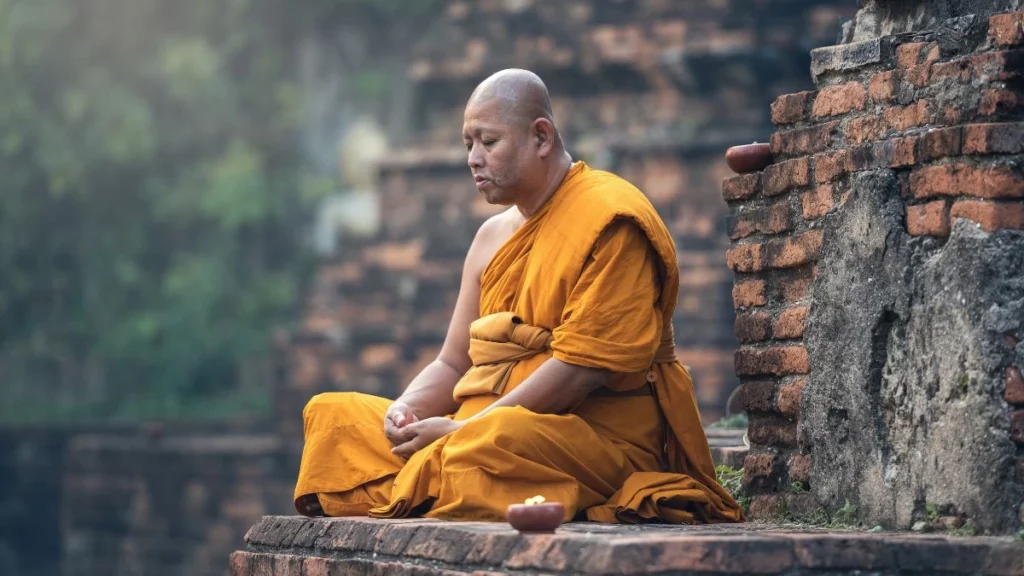
Yoga continued to develop and evolve in ancient India, and by the 5th century CE, it had spread to other parts of Asia, such as China and Tibet. In Tibet, yoga combined with Tantra—a form of Hinduism that emphasizes the power of rituals and the use of sacred symbols.
Also, Buddhism in China had a significant impact on the history of yoga. The Buddhist monk Bodhidharma, who lived in the 5th century CE, introduced a form of yoga known as “Zen” to China. This form of yoga emphasized mindfulness and awareness, and it was believed that through its practice, an individual could attain enlightenment.
Yoga remained confined to Asia until the late 19th century, when it was introduced to the West. In 1973. William Jones, a British judge and scholar, made the first known reference to yoga in the West. Jones was introduced to yoga through his study of Sanskrit and Indian philosophy, and he saw the potential of yoga as a means of physical and mental well-being.
Yoga in the West
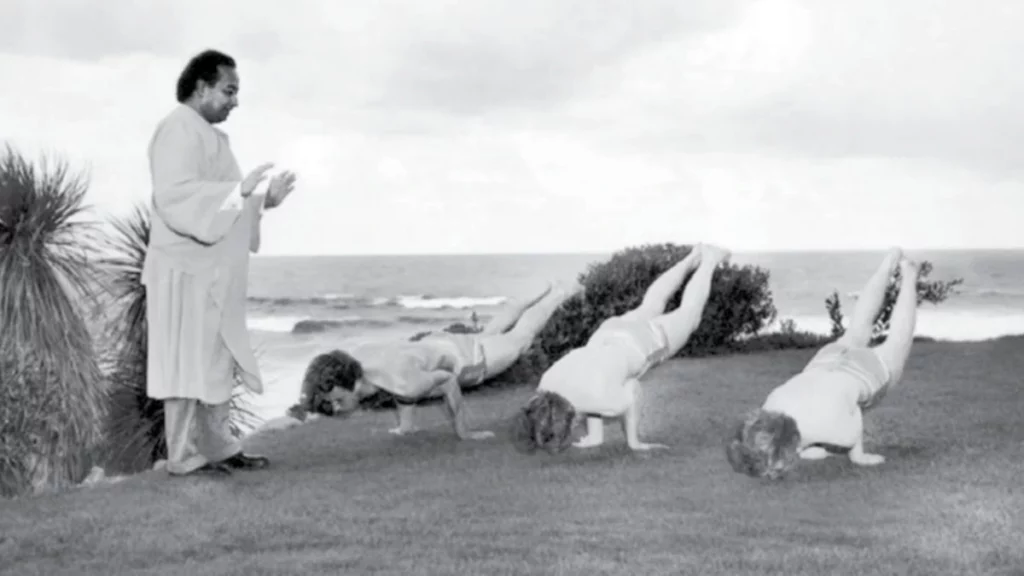
In the early 20th century, yoga gained popularity in the West, with several influential figures, such as Paramhansa Yogananda, bringing the teachings of yoga to the Western world. Yogananda was a Hindu monk who founded the Self-Realization Fellowship in the 1920s, and he wrote the best-selling book “Autobiography of a Yogi”, which introduced yoga to a Western audience.
Later, in the mid-20th century, a new form of yoga, known as “Hatha Yoga” emerged. Hatha Yoga is a physical form of yoga that emphasizes the practice of asanas more than the other limbs. It focuses on attaining knowledge through bodily manifestations and has become one of the most popular forms of yoga in the Western world. Another form of Yoga called the “Vinyasa Yoga” also became popular, which, unlike Hatha yoga that involves taking one Asana for a long time, involves smooth transitioning between different Asanas.
The focus on the physical practice of yoga has allowed it to become more accessible to a wider audience, and people of all ages and backgrounds have embraced it as a way to improve their physical and mental health.
Modern Yoga

Yoga had started in ancient India as a holistic practice and had established itself as a religion of its own. It included strict daily routines, diets, thought processes, morals, exercises, faith and much more. However, in the modern world, the old-style yoga would not survive as it would be seen as a Hindu practice. Its practitioners know that yoga offers immense benefits to its users that are otherwise either unavailable, too costly, or come with side effects, and so they changed the old practices to suit the modern faiths.
The parts that involved meditating on a god were taken out and established as an independent practice. Today, lots of people practice meditation in several ways without having to pray to Brahma, Vishnu, or chanting Om. Similarly, people practice the breathing techniques of Yoga separately without having to concentrate on the gods in body parts.
Thus, in the modern times, while we know yoga primarily as physical exercise, all parts of it still exist in different forms around the world. Also, just like in the old times, yoga is becoming a religion of its own as modern people are inclining towards the pure spirituality of it, which is free of biases or subscription to a ritualistic faith.
Predicting the Future
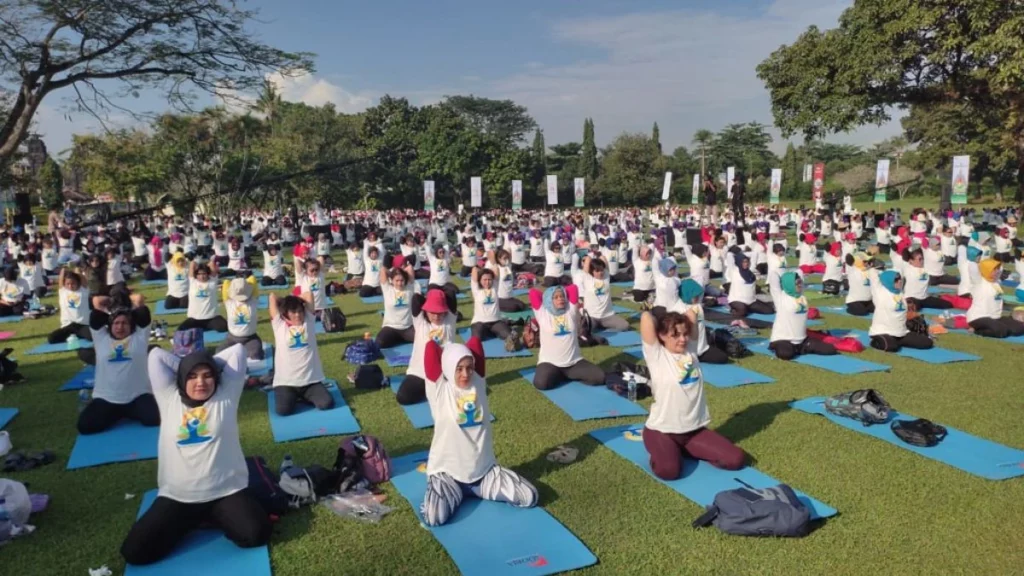
The popularity of yoga has led to its integration into a variety of different settings, from gyms and health clubs to schools and corporate wellness programs. In addition, there are now many different styles of yoga available, each with its own unique approach and focus. Some popular styles include Hatha Yoga, Vinyasa Yoga, Iyengar Yoga, and Bikram Yoga. While the old methods are also surviving, people enjoy their freedom to change it to their needs and hence yoga has become a hot topic of research in the medical field too.
Looking at all these developments, one can surely predict that there are unknown developments yet to come in this field. Yoga will surely expand in the future as more research will validate its benefits and it joins the mainstream medical science.
Conclusion
Yoga has a diverse history and has survived through thousands of years. It is still gaining popularity because of its unique property of serving the spiritual side of human life. (Read more on why developing spirituality is vital). Specially in the present age of confusion, anxiety, lack of time, and overwhelming stress, yoga has become an exercise that offers many benefits. Studies have shown that its regular practice improves flexibility, strength, balance, and overall physical health. Also, it reduces stress and anxiety and improves mental well-being. In addition, yoga has therapeutic benefits for a range of health conditions, including depression, anxiety, high blood pressure, and chronic pain.
In conclusion, yoga is a practice with a rich history and a powerful impact on modern society. From its origins in ancient India, it has evolved and spread throughout the world. Further, its popularity continues to grow as more people discover the numerous benefits it offers. Whether we use it as a form of exercise, a tool for improving mental health, or a means of spiritual growth, yoga has something to offer everyone.
Here’s a complete guide to mindful meditation.
Read more on the benefits of mindfulness.
Read more on why balance between faith and reason is important.
